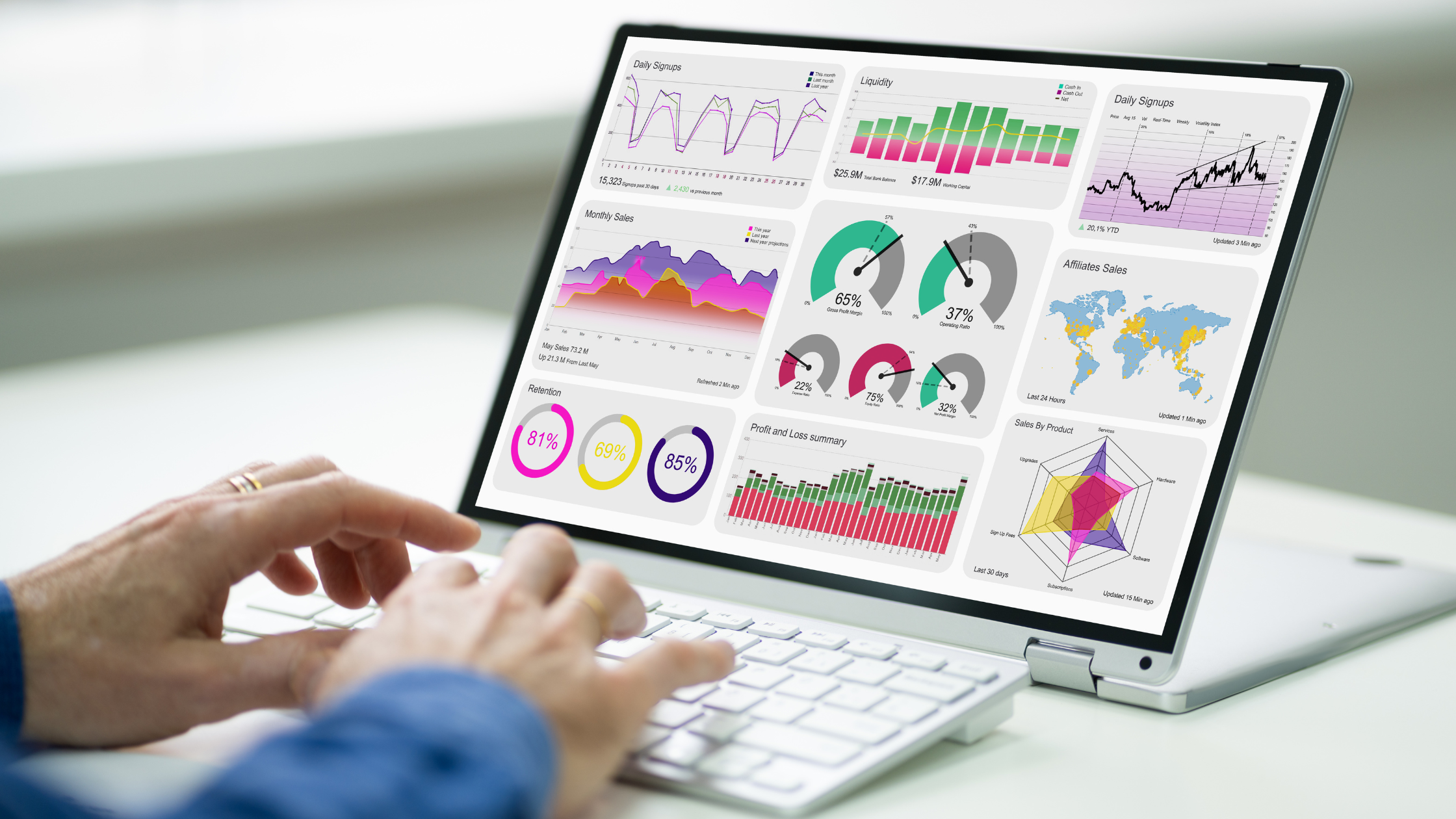Unveiling the Power of ITIL Dashboards: A Comprehensive Overview
A real-time graphical representation of data

In the realm of IT service management (ITSM), the adoption of Information Technology Infrastructure Library (ITIL) practices has become increasingly prevalent. Among the various tools and techniques offered by ITIL, dashboards hold a pivotal role in enabling organizations to gain valuable insights into their IT service performance.
The Essence of an ITIL Dashboard
A centralised visual depiction of key performance indicators (KPIs) and important data regarding ITSM procedures is provided by an ITIL dashboard. It provides a thorough overview of the condition, performance, and overall health of IT services and infrastructure.
These dashboards deliver real-time or nearly real-time data through a collection of interactive widgets, such as graphs, charts, and tables, enabling stakeholders to effectively monitor and analyse crucial parameters.
Unleashing the Potential of ITIL Dashboards
An ITIL dashboard's main goal is to provide IT service managers, personnel, and other stakeholders with useful information so they can make educated decisions.
These dashboards provide a comprehensive picture of the IT environment by displaying crucial indicators including service availability, incident trends, problem resolution time, and change success rate.
This enables businesses to recognise patterns, spot bottlenecks, and take proactive measures to remedy problems, improving service delivery and IT operations.
Customization and Integration
One of the key advantages of ITIL dashboards is their adaptability and flexibility. Organisations can alter the dashboard to suit their unique requirements and objectives.
Customization options can be used to incorporate metrics that are most important to the particular IT environment of an organisation. Additionally, by integrating ITIL dashboards into existing IT management systems or ITSM software solutions, they may be quickly accessed and used.
Driving Business Value
ITIL dashboards offer tangible benefits that extend beyond IT departments. By providing a transparent view of IT service performance, these dashboards enhance communication and collaboration between IT and business stakeholders.
The ability to monitor service levels, track progress, and identify areas for improvement contributes to overall operational efficiency. Furthermore, ITIL dashboards facilitate data-driven decision-making, enabling organizations to align their IT strategies with broader business goals.
Conclusion
In the domain of ITSM, ITIL dashboards serve as indispensable tools for gaining comprehensive visibility into IT service performance.
By consolidating and visualizing critical data, these dashboards empower organizations to make informed decisions, drive operational efficiency, and align IT services with business objectives.
As the digital landscape continues to evolve, ITIL dashboards will remain at the forefront of enabling proactive IT service management and fostering collaboration between IT and business units.





